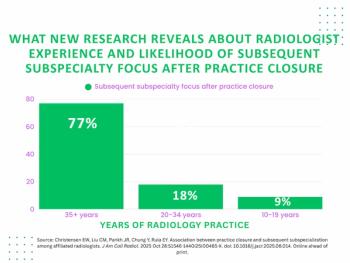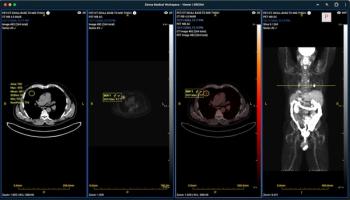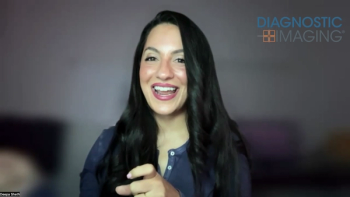
Blue Cross proposal means mixed bag for imaging
The medical imaging industry views with mixed emotions the reimbursementguidelines established last month by the Blue Cross and Blue ShieldAssociation. BCBSA is urging member insurers to extend reimbursement fornumerous preventive health-care
The medical imaging industry views with mixed emotions the reimbursementguidelines established last month by the Blue Cross and Blue ShieldAssociation.
BCBSA is urging member insurers to extend reimbursement fornumerous preventive health-care procedures, but the associationhas taken a conservative line on defining appropriate diagnosticscreening.
The powerful insurance policy-making group recommended thatits 73 state-level members rewrite their plans to cover preventivescreening for breast, colon, cervical and lung cancers, heartdisease, hypertension, thyroid disease and osteoporosis.
Member companies provide health coverage for about 100 millionAmericans. BCBSA estimated preventive screening would add $3 amonth to the cost of insuring an individual and $7.50 a monthto the cost for a typical family.
Its recommendations sounded good in the lay press, but whatthe reports did not mention was that the protocols fall shortof recommending what many authorities believe is prudent screeningfor incurable conditions. The association based its guidelineson American College of Physicians' protocols.
Most notably, BCBSA recommendations for mammography departfrom practices advocated by the American College of Radiology.The ACR recommends that breast cancer screening should begin forasymptomatic women at age 40 with annual clinical breast examinationsand mammograms at one- or two-year intervals until age 50. Itadvises women older than 50 to have annual clinical examinationsand mammograms. The BCBSA protocol counsels yearly mammogramsfor all women older than 50.
The association's decision to omit mammograms for women between40 and 50 is unfortunate, said Dr. James M. Moorefield, ACR chairman.
"The recommendation to begin breast screening with mammogramsat age 50 loses a decade of women. The incidence of breast cancerrises sharply as women reach their 40s," he said.
Industry officials also faulted the guidelines for being lessthan definitive on bone mass measurement policy. As expected,the group advised against bone densitometry for asymptomatic women.But it was not clear about which clinical indications warrantinsured coverage for bone densitometry, the most widely acceptedmethod for measuring bone loss.
"You can't expect reimbursement for all postmenopausalwomen. But payment is justified for the high-risk group. If weget that through these guidelines, it's fine. If we don't getit, I think it's a travesty for American women," said JohnMankowich, president of Norland, a bone densitometry manufacturer.
The recommendations are an affirmation of the status quo, saidDr. Richard Mazess, chairman and CEO of Lunar, another bone densitometryfirm. "A policy that excludes screening for asymptomaticwomen just reflects where reimbursement stands now," he said.
In other words, the insurance association's policy will probablyhave no effect on bone densitometry sales.
Sales of mammography equipment is another story. This fieldwill soon emerge from a three-year stretch of the doldrums, predictedMorgan W. Nields, chairman and CEO of Fischer Imaging.
The BCBSA guidelines will encourage mammography purchases.However, sales momentum is being driven more by the expansionof Medicare coverage to preventive breast cancer screening, hesaid. That policy took effect in January.
Newsletter
Stay at the forefront of radiology with the Diagnostic Imaging newsletter, delivering the latest news, clinical insights, and imaging advancements for today’s radiologists.






























